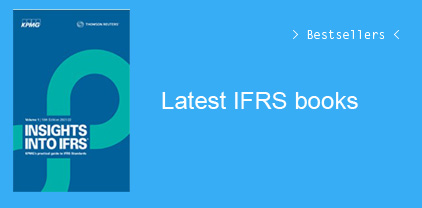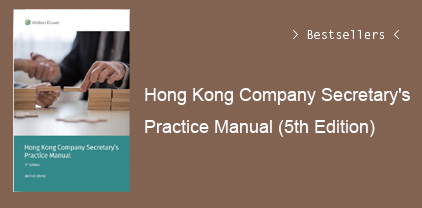Chapter 1 1-1
Introduction and Background 1-1
Background Information 1-2
Operation and Administration 1-5
Accounting Records 1-7
Reporting Standards 1-9
Governmental Regulations 1-10
Audit Requirements 1-11
Reporting and Disclosure Requirements Under ERISA 1-15
SEC Form 11-K Filing Requirements 1-16
ERISA Limited-Scope Audits 1-17
Chapter 2 2-1
Planning 2-1
Pre-Engagement Activities 2-3
Audit Planning 2-6
Communication and Coordination 2-10
Understanding the Plan and Its Environment, Including Its Internal Control 2-11
Audit Documentation 2-13
Preliminary Analytical Review Procedures 2-14
Audit Risk Factors 2-15
Internal Control Structure 2-24
Consideration of Fraud 2-25
Plan’s Use of Third-Party-Party Service Organizations 2-31
Party in Interest Transactions 2-32
Plan’s Use of Voice Response or Internet Recordkeeping System 2-34
Accounting Estimates 2-35
Going Concern Considerations 2-36
Chapter 3 3-1
Internal Control Structure 3-1
Understanding Internal Control 3-3
The Components of Internal Control 3-5
Acquiring Knowledge of the Controls 3-7
Assessing Control Risk 3-8
Plan’s Use of Third-Party Service Organizations 3-9
Plan’s Use of Voice Response and Internet-Based Recordkeeping Systems 3-14
Documentation 3-15
Communicating Control Deficiencies 3-16
Chapter 4 4-1
Auditing the Statement of Net Assets Available for Benefits 4-1
Accounting Guidance 4-3
Listing of Investments 4-5
Valuation of Investments 4-6
Investment Options 4-7
Audit Objectives 4-10
Audit Procedures 4-11
Investments in Master Trusts and Similar Vehicles 4-13
Investments in Registered Investment Companies (Mutual Funds) and Common or Commingled Trust Funds 4-14
Investments With Insurance Companies 4-16
Direct Filing Entities (DFE) 4-21
Other Investments 4-22
ERISA Limited-Scope Auditing Procedures 4-25
Contributions Receivable 4-27
Notes Receivable From Participants Receivable 4-28
Cash Balances 4-30
Other Assets 4-31
Accrued Liabilities 4-32
Chapter 5 5-1
Auditing the Statement of Changes in Net Assets Available for Benefits 5-1
Investment Income 5-3
ERISA Limited-Scope Audit 5-7
Investment Expenses 5-8
Contributions From Employers 5-9
Individual Participant Accounts 5-12
Participant Eligibility 5-16
Contributions From Other Identified Sources 5-17
Withdrawals 5-18
Loans 5-19
Administrative Expenses 5-21
Chapter 6 6-1
Other Auditing Considerations 6-1
Plan Tax Status 6-2
Testing for Discrimination 6-6
Consequences of Violations 6-7
Failure to Pass Nondiscrimination Tests 6-8
Commitments and Contingencies 6-9
Subsequent Events 6-11
Representations From Plan Management 6-13
Illustrative Attachment to Management Representation Letter 6-17
Form 5500 and Supplemental Schedules 6-20
Information for Supplemental Schedules From Trustee or Custodian 6-27
Terminating Plans 6-31
Plan Mergers 6-34
Party in Interest Transactions 6-35
Initial Audit of the 401(k) Plan 6-40
Form 11-K: The Sarbanes-Oxley Act of 2002 6-42
Communication With Those Charged With Governance 6-45
Chapter 7 7-1
The Auditor’s Report and Financial Statement Disclosures 7-1
The Auditor’s Report 7-4
Standard Report 7-6
Additional Communications: Emphasis-of-Matter and Other-Matter Paragraphs 7-8
Modified Reports 7-10
Non-GAAP Basis Financial Statements 7-12
Reports Filed Pursuant to the SEC Form 11-K 7-14
ERISA Limited-Scope Reports 7-17
Financial Statement Disclosures 7-20
Appendix A A-1
ERISA and Related Regulations A-1
Appendix A A-3
Glossary 1
Index 1
Solutions 1
Chapter 1 Solutions 1
Chapter 2 Solutions 3
Chapter 3 Solutions 4
Chapter 4 Solutions 6
Chapter 5 Solutions 8
Chapter 6 Solutions 9
Chapter 7 Solutions 13
































